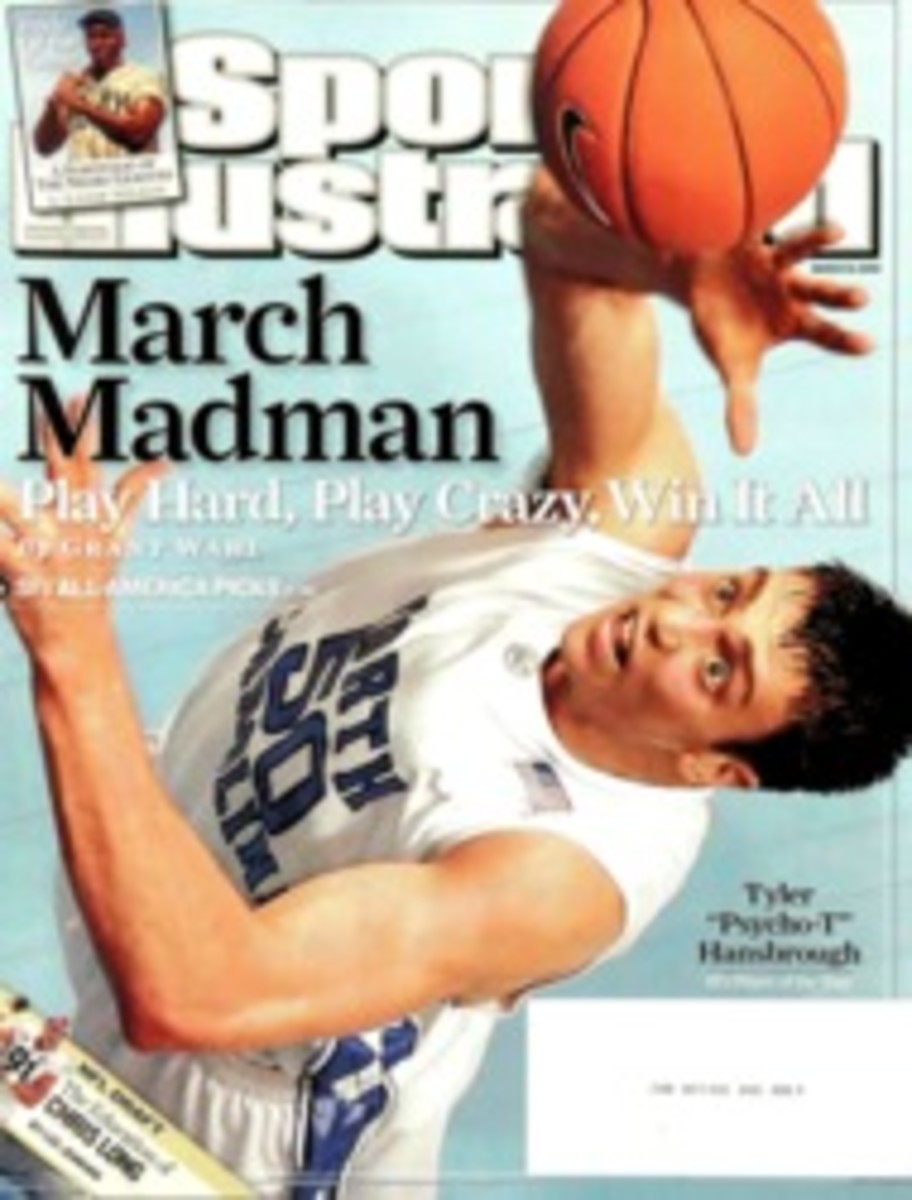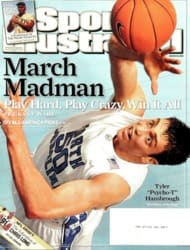
Get a Grip
THE GRIP is golf's most profound fundamental. All of the game's contradictions—simultaneous demands for control and release, delicacy and power—are contained in the hands. Nothing is as vital, as subtle or as kingdom-unlocking. There is Zen in the grip.
There's also a good chance that there's something wrong with the way you hold the club. Harvey Penick was a gold mine on the subject. "If you don't have a good grip, you don't want to play good golf," he said. And, "I can go on talking about the grip until it's too deep for [even] me to understand."
Plainly, the simple act of holding a club is an art, and hands that do it well resemble Da Vinci drawings. But there's bad art too, even among the best players. LPGA Hall of Famer Judy Rankin guaranteed herself a hook with a left hand so strong (that is, with the thumb to the right of center) that it was almost upside down. David Duval and Paul Azinger close the club face with similar strangleholds, while Fred Couples flips it open. Snooping on Tour revealed a few quirks. Todd Hamilton tries to engineer a fade by having his grips turned a bit to the right. J.L. Lewis insists on having his compressed exactly a quarter of an inch, so that they're 10 1/4" in length instead of 10 1/2". Some players like the thicker rubber of the .580-inch diameter grip; others prefer the .600s. (We're talking about the diameter of the hole at the end of the grip, of course, not the width on the outside, which is the same for either grip.) They play around with the tape underneath—buildups under the right hand, for example, or more wraps to remove the taper. They're sensitive as surgeons, some of them, so we asked 10 heirs of Harry Vardon for their gripping tales.
JESPER PARNEVIK
Yes, I've heard the quote about holding the club as if it were a bird. That bird would be strangled for sure with my grip. Oh, heck yeah. See, my knuckles go white. Even my putting grip is tight—tight enough to wear out the grip in places. I've putted with a glove forever, but I've worn putter grips all the way down to the metal. That's a little weird.
CHARLES HOWELL
In 2002 I went from the interlock to the overlap. I practiced overlapping in November, December and January. It's true that the grip is the most difficult thing in golf to change. I'm always working on my hand strength with weights or gadgets. My hands are big, so I use the .580 grips built up with five wraps of tape. The .600s feel too thin.
ARRON OBERHOLSER
I think [Lee] Janzen, [Fred] Couples, [Corey] Pavin and I are the only guys on Tour without a glove. I use the interlock, and no, my hands aren't small. The club absolutely feels different every day. I'm careful about eating too much salt, which can make your fingers swell. When my fingers thin out and the grip feels smaller, I know I'm going to have a good week.
K.J. CHOI
My grip is always the same. I never had a coach. I learned from Jack Nicklaus's book Golf My Way, which was published in Korean in 1984. I started playing in 1985. A pro from Gwangju would check on me. My grip pressure is 70%. The grip is the most basic fundamental, and I stress getting all the areas of the hands stuck together, but getting a good grip is more difficult than going to the dentist.
ANTHONY KIM
My dad [Paul] was a good player, but did I get my grip from him? I hope not! The only similarity is that we put the right hand on the bottom. I learned the grip from magazines. As you can see, there's separation between each of my fingers. I think about the grip before each shot. My preshot routine is to get the club down in the fingers of my left hand before I lay on the right hand.
BILL HAAS
I got my grip from my dad [Jay] mostly, not from my great-uncle [Bob Goalby], but maybe there was a trickle-down effect. I know Bob always fought a hook. I used to be much stronger in the left hand. Then I went much weaker and now neutral. I hold it harder to hit a fade and looser on a draw. But ball position and stance are the way to work the ball, in my opinion, not the grip.
JERRY KELLY
There's only one other grip like this in the world. When I was 12, my dad [Jack] said, "O.K., at the first snow we're changing that 10-finger grip." So he showed me how he held it, and I practiced it all winter. It felt natural by spring. Just like my dad, I dig the tip of my left index finger right into the rubber. It really marries my hands. I'm always shaving a callus off that fingertip.
CHRIS DIMARCO
I was always a good putter, but very streaky. I tried everything—split grip, long putter, left hand low. When Skip Kendall showed me [the Claw], I looked at him like he was crazy. At first I used it from four feet in, then eight feet and then, after a month, from everywhere. My grip's a little different from Mark Calcavecchia's—I have all four fingers on top instead of two, I think, for Calc.
STEWART CINK
I used 10 fingers, like a baseball bat, until I learned to interlock when I was eight. I've held it the same way ever since. I see this all the time at pro-ams: Someone will have to bend it around trees, or hit a high bunker shot. I'll say, "You need to close it down, or open it up," and they simply turn their hands. You should turn the club, then grip it again with your normal grip.
RYAN PALMER
Yeah, I have a strong grip—I like to hit the ball right to left. I weaken my left hand for bunker shots. Palmer's instructor, Neil Wilkins: "The first time Ryan came to me, I said, 'I want you to stop regripping.' The instant before he took the club back, he moved his right hand down into a much stronger position—it was his swing trigger. No wonder he fought a hook."
Learn the perfect grip at GOLF.com/instruction.
TWENTY PHOTOS
Photographs by Monte Isom

